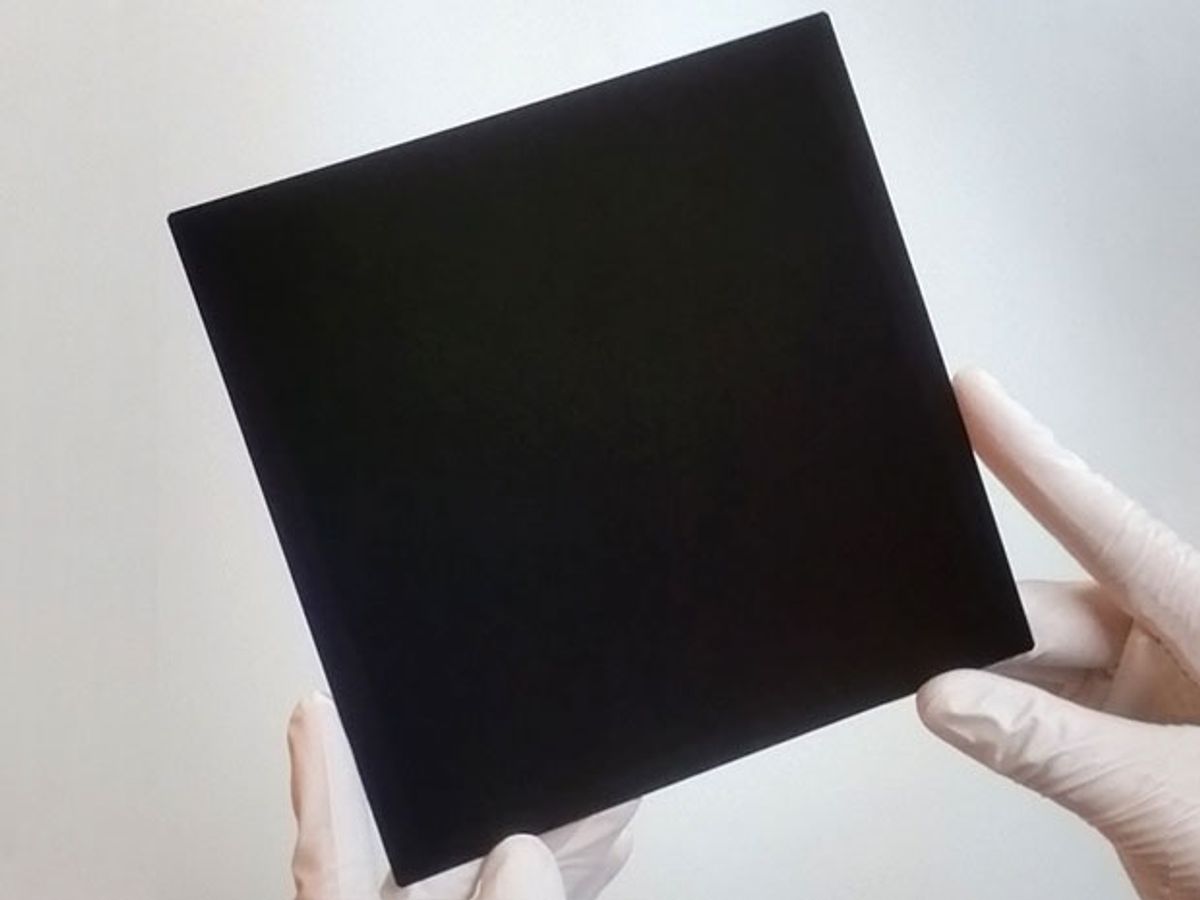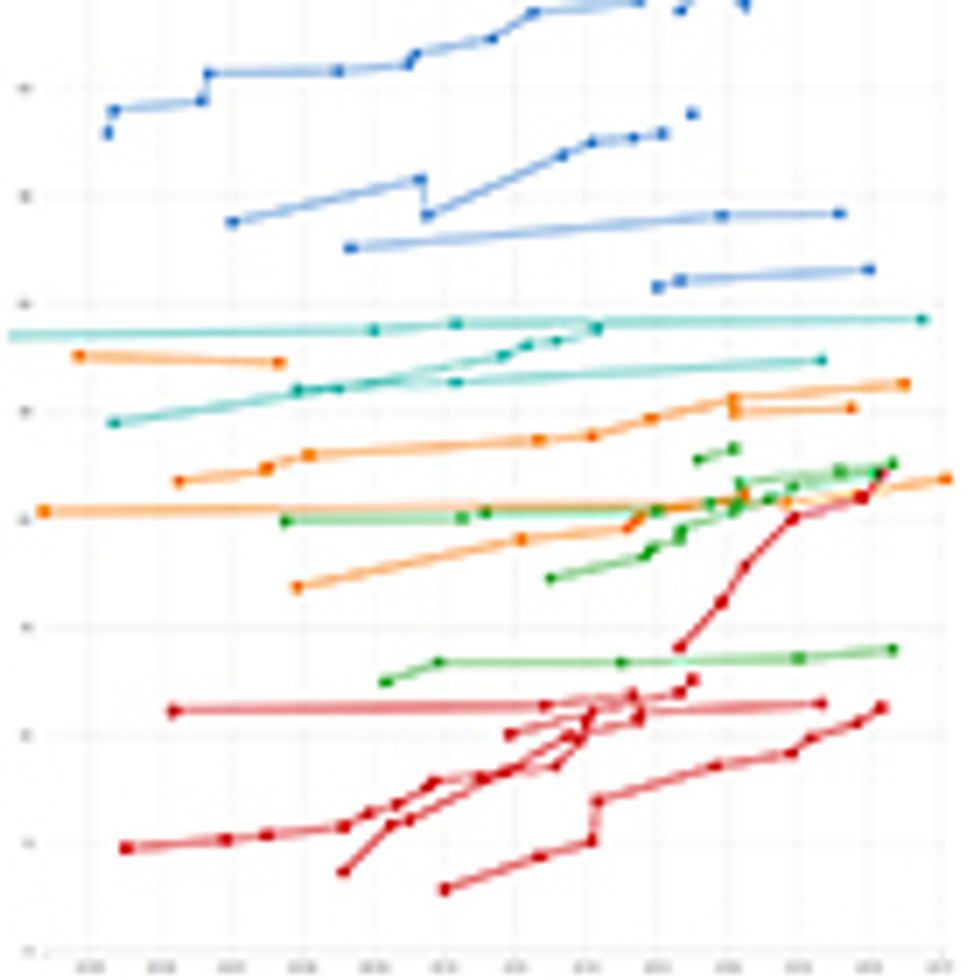In research published this week in Nature Energy, researchers at Kaneka Corp., a resin and plastics manufacturer based in Osaka, describe the first silicon solar cell to achieve a record-breaking 26.3 percent efficiency—a 0.7 percent increase over the previous record. That may not seem like a lot, but it’s really a big step when you consider that silicon solar cells’ theoretical maximum efficiency is just 29 percent.
Kaneka is a member of a project set up by the New Energy and industrial Technology Development Organization (NEDO), a Japanese government entity established to help develop and promote new energy technologies.
In producing its new 180.43-square-centimeter monocrystalline silicon prototype cell, Kaneka further developed and improved on several of the technologies promoted by NEDO. Chief among them is Kaneka’s proprietary heterojunction technology. It reduces recombination, or resistive loss, where instead of exiting the device to produce electricity, positive and negative charges in the solar cell combine and produce heat.
In addition, the company improved the energy-collection efficiency of the solar cell’s interdigitated electrodes. But even more important, Kaneka moved the grid of electrodes from the front of the cell—the light-receiving area—to the back, boosting the amount of sunlight entering the cell, thereby reducing losses in the optics.
Panasonic, a member of the same NEDO project and holder of the previous energy-conversion-rate record of 25.6 percent for its 143.7-cm2 solar cell set in 2014, employed the same key features in its device, namely heterojunction with interdigitated back contacts (HJ-IBC).
“But there are many types of materials, manufacturing processes, and architectures that can be selected,” says Kunta Yoshikawa, a member of the Kaneka research team that worked on the new solar cell. “We achieved 26.3 percent efficiency by developing our CVD (chemical vapor deposition) technology, optical management, and electrical-contact technology using thin-film silicon and our [heterojunction] technology.”
Kaneka has been developing thin-film silicon solar cell technology since 1980, and it has been working on heterojunction solar cells since 2009. “One of the key process steps used to fabricate these cells is plasma-enhanced chemical vapor deposition—an industrially applicable process,” Yoshikawa points out.
The biggest challenge the company faced in producing the prototype was obtaining a high degree of balance between the cell’s lifetime and its optical characteristics, while simultaneously reducing its internal resistance.
“Although it is possible to obtain an outstanding value for a single characteristic, it is extremely difficult to balance all three properties to a high degree in one device,” Yoshikawa says.
For instance, if the prototype cell’s lifetime had been shorter in relation to its optics and internal resistance, the cell’s conversion efficiency, in theory, could have fallen to just 20 percent.
“We overcame this challenge by designing a front-side architecture that produced excellent optical and lifetime properties,” Yoshikawa says. “And at the same time we worked to ensure that the rear-side architecture achieved a low resistance with a long lifetime.”
Looking to the future, he says that by further improving the cell’s main properties, the company hopes to eventually approach the technology’s theoretical limits of just over 29 percent.
While Kaneka says it is too early to discuss its manufacturing or commercialization plans, it does note it will continue to work with NEDO on improving the technology with the aim of reducing solar cells’ levelized costs to 14 yen (US $0.12) per kilowatt-hour by 2020, then to 7 yen per kilowatt-hour by 2030. (The levelized cost is the average total cost to build and operate a power-generation unit over its lifetime divided by the total energy output over that lifetime.)

 See where this breakthrough fits in our newly updated interactive:
Record-Breaking PV Cells
See where this breakthrough fits in our newly updated interactive:
Record-Breaking PV Cells

